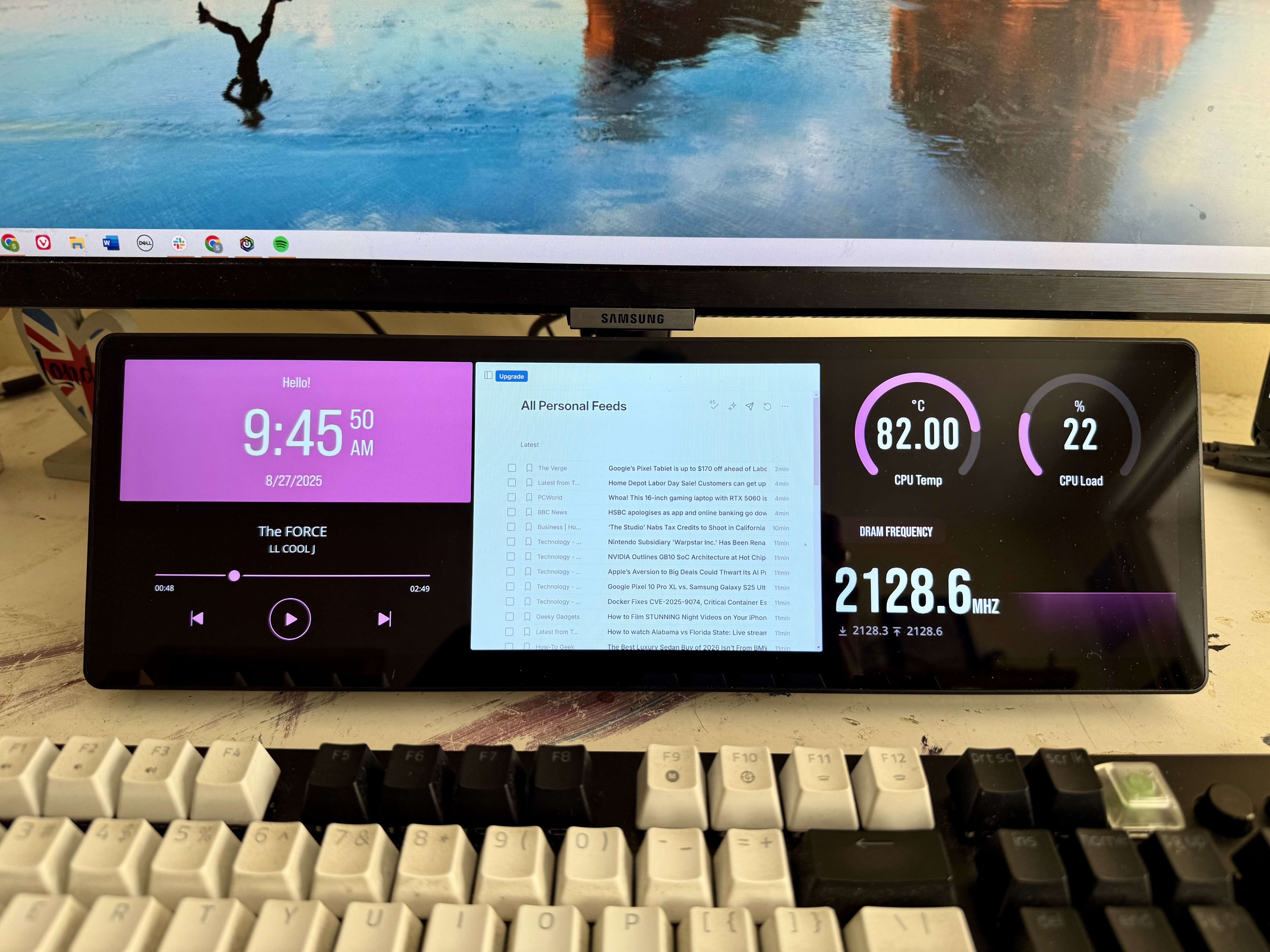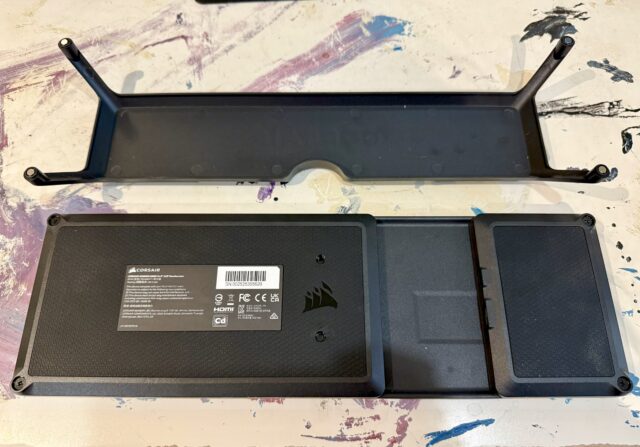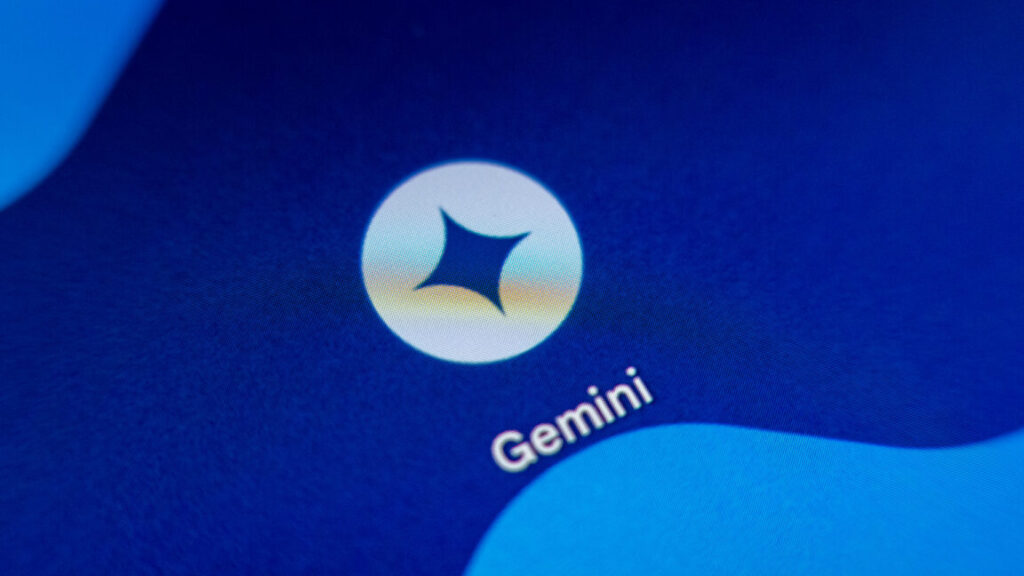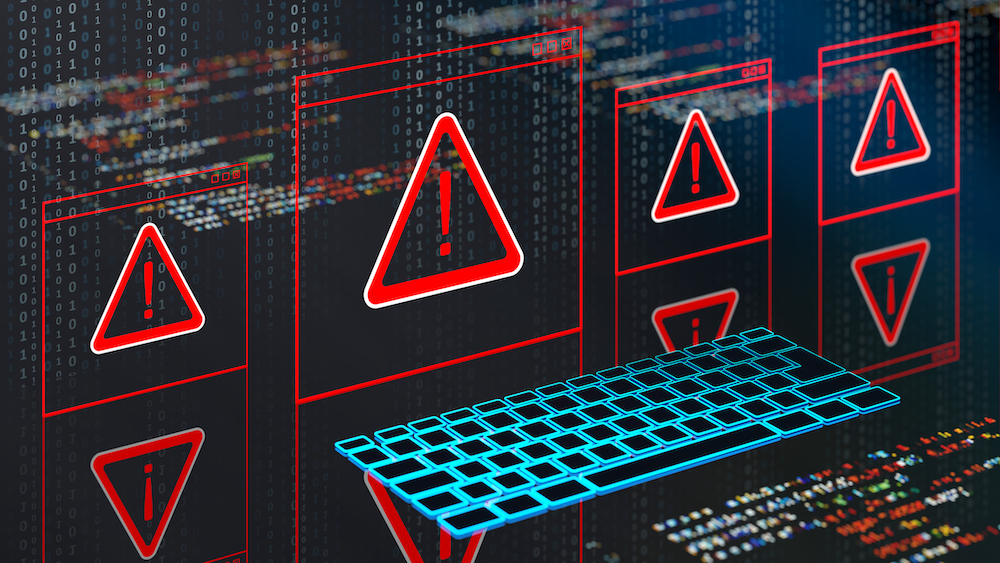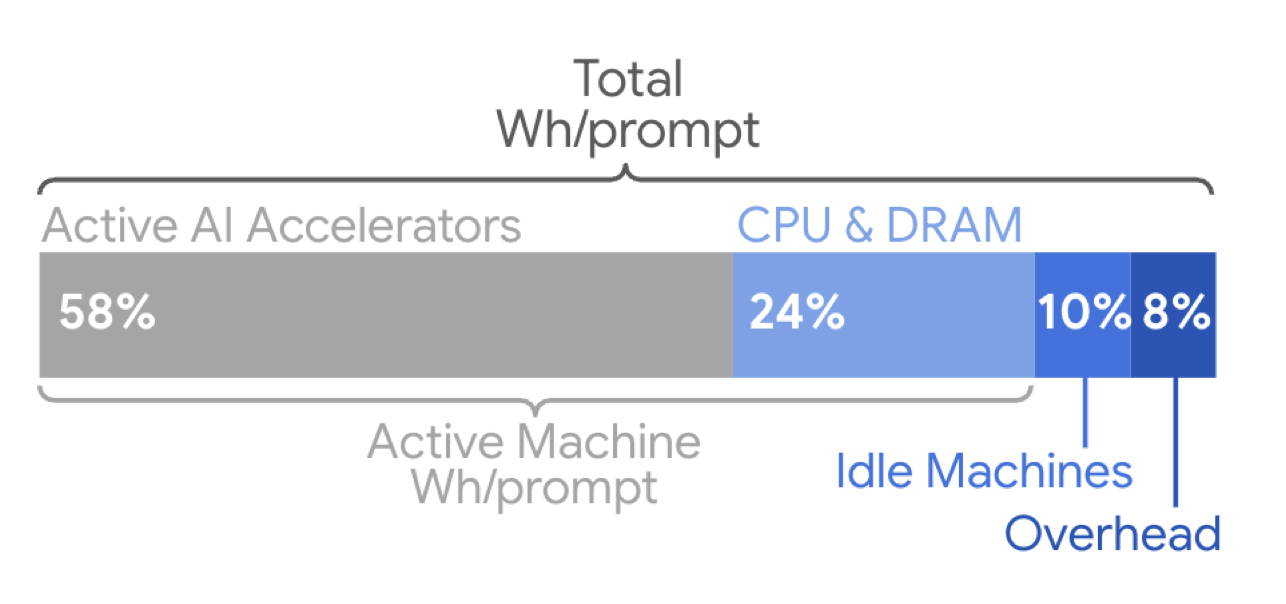Google Pixel 10 series review: Don’t call it an Android
After 10 generations of Pixels, Google’s phones have never been more like the iPhone, and we mean that both as a compliment and a gentle criticism. For people who miss the days of low-cost, tinkering-friendly Nexus phones, Google’s vision is moving ever further away from that, but the attention to detail and overall polish of the Pixel experience continue with the Pixel 10, 10 Pro, and 10 Pro XL. These are objectively good phones with possibly the best cameras on the market, and they’re also a little more powerful, but the aesthetics are seemingly locked down.
Google made a big design change last year with the Pixel 9 series, and it’s not reinventing the wheel in 2025. The Pixel 10 series keeps the same formula, making limited refinements, not all of which will be well-received. Google pulled out all the stops and added a ton of new AI features you may not care about, and it killed the SIM card slot. Just because Apple does something doesn’t mean Google has to, but here we are. If you’re still clinging to your physical SIM card or just like your Pixel 9, there’s no reason to rush out to upgrade.
A great but not so daring design
If you liked the Pixel 9’s design, you’ll like the Pixel 10, because it’s a very slightly better version of the same hardware. All three phones are made from aluminum and Gorilla Glass Victus 2 (no titanium option here). The base model has a matte finish on the metal frame with a glossy rear panel, and it’s the opposite on the Pro phones. This makes the more expensive phones a little less secure in the hand—those polished edges are slippery. The buttons on the Pixel 9 often felt a bit loose, but the buttons on all our Pixel 10 units are tight and clicky.
Left to right: Pixel 10 Pro XL, Pixel 10 Pro, Pixel 10. Credit: Ryan Whitwam
| Specs at a glance: Google Pixel 10 series | ||||
|---|---|---|---|---|
| Pixel 10 ($799) | Pixel 10 Pro ($999) | Pixel 10 Pro XL ($1,199) | Pixel 10 Pro Fold ($1,799) | |
| SoC | Google Tensor G5 | Google Tensor G5 | Google Tensor G5 | Google Tensor G5 |
| Memory | 12GB | 16GB | 16GB | 16GB |
| Storage | 128GB / 256GB | 128GB / 256GB / 512GB | 128GB / 256GB / 512GB / 1TB | 256GB / 512GB / 1TB |
| Display | 6.3-inch 1080×2424 OLED, 60-120Hz, 3,000 nits | 6.3-inch 1280×2856 LTPO OLED, 1-120Hz, 3,300 nits | 6.8-inch 1344×2992 LTPO OLED, 1-120Hz, 3,300 nits | External: 6.4-inch 1080×2364 OLED, 60-120Hz, 2000 nits; Internal: 8-inch 2076×2152 LTPO OLED, 1-120Hz, 3,000 nits |
| Cameras | 48 MP wide with Macro Focus, F/1.7, 1/2-inch sensor; 13 MP ultrawide, f/2.2, 1/3.1-inch sensor; 10.8 MP 5x telephoto, f/3.1, 1/3.2-inch sensor; 10.5 MP selfie, f/2.2 |
50 MP wide with Macro Focus, F/1.68, 1/1.3-inch sensor; 48 MP ultrawide, f/1.7, 1/2.55-inch sensor; 48 MP 5x telephoto, f/2.8, 1/2.55-inch sensor; 42 MP selfie, f/2.2 |
50 MP wide with Macro Focus, F/1.68, 1/1.3-inch sensor; 48 MP ultrawide, f/1.7, 1/2.55-inch sensor; 48 MP 5x telephoto, f/2.8, 1/2.55-inch sensor; 42 MP selfie, f/2.2 |
48 MP wide, F/1.7, 1/2-inch sensor; 10.5 MP ultrawide with Macro Focus, f/2.2, 1/3.4-inch sensor; 10.8 MP 5x telephoto, f/3.1, 1/3.2-inch sensor; 10.5 MP selfie, f/2.2 (outer and inner) |
| Software | Android 16 | Android 16 | Android 16 | Android 16 |
| Battery | 4,970 mAh, up to 30 W wired charging, 15 W wireless charging (Pixelsnap) | 4,870 mAh, up to 30 W wired charging, 15 W wireless charging (Pixelsnap) | 5,200 mAh, up to 45 W wired charging, 25 W wireless charging (Pixelsnap) | 5,015 mAh, up to 30 W wired charging, 15 W wireless charging (Pixelsnap) |
| Connectivity | Wi-Fi 6e, NFC, Bluetooth 6.0, sub-6 GHz and mmWave 5G, USB-C 3.2 | Wi-Fi 7, NFC, Bluetooth 6.0, sub-6 GHz and mmWave 5G, UWB, USB-C 3.2 | Wi-Fi 7, NFC, Bluetooth 6.0, sub-6 GHz and mmWave 5G, UWB, USB-C 3.2 | Wi-Fi 7, NFC, Bluetooth 6.0, sub-6 GHz and mmWave 5G, UWB, USB-C 3.2 |
| Measurements | 152.8 height×72.0 width×8.6 depth (mm), 204g | 152.8 height×72.0 width×8.6 depth (mm), 207g | 162.8 height×76.6 width×8.5 depth (mm), 232g | Folded: 154.9 height×76.2 width×10.1 depth (mm); Unfolded: 154.9 height×149.8 width×5.1 depth (mm); 258g |
| Colors | Indigo Frost Lemongrass Obsidian |
Moonstone Jade Porcelain Obsidian |
Moonstone Jade Porcelain Obsidian |
Moonstone Jade |
The rounded corners and smooth transitions between metal and glass make the phones comfortable to hold, even for the mammoth 6.8-inch Pixel 10 Pro XL. This phone is pretty hefty at 232 g, though—that’s even heavier than Samsung’s Galaxy Z Fold 7. I’m pleased that Google kept the smaller premium phone in 2025, offering most of the capabilities and camera specs of the XL in a more cozy form factor. It’s not as heavy, and the screen is a great size for folks with average or smaller hands.
The Pixel 10 Pro is a great size. Credit: Ryan Whitwam
On the back, you’ll still see the monolithic camera bar near the top. I like this design aesthetically, but it’s also functional. When you set a Pixel 10 down on a table or desk, it remains stable and easy to use, with no annoying wobble. While this element looks unchanged at a glance, it actually takes up a little more surface area on the back of the phone. Yes, that means none of your Pixel 9 cases will fit on the 10.
The Pixel 10’s body has fewer interruptions compared to the previous model, too. Google has done away with the unsightly mmWave window on the top of the phone, and the bottom now has two symmetrical grilles for the mic and speaker. What you won’t see is a SIM card slot (at least in the US). Like Apple, Google has gone all-in with eSIM, so if you’ve been clinging to that tiny scrap of plastic, you’ll have to give it up to use a Pixel 10.
The Pixel 10 Pro XL has polished sides that make it a bit slippery. Credit: Ryan Whitwam
The good news is that eSIMs are less frustrating than they used to be. All recent Android devices have the ability to transfer most eSIMs directly without dealing with the carrier. We’ve moved a T-Mobile eSIM between Pixels and Samsung devices a few times without issue, but you will need Wi-Fi connectivity, which is an annoying caveat.
Display sizes haven’t changed this year, but they all look impeccable. The base model and smaller Pro phone sport 6.3-inch OLEDs, and the Pro XL’s is at 6.8 inches. The Pixel 10 has the lowest resolution at 1080p, and the refresh rate only goes from 60–120 Hz. The 10 Pro and 10 Pro XL get higher-resolution screens with LTPO technology that allows them to go as low as 1Hz to save power. The Pro phones also get slightly brighter but all have peak brightness of 3,000 nits or higher, which is plenty to make them readable outdoors.
The addition of Qi2 makes numerous MagSafe accessories compatible with the new Pixels. Credit: Ryan Whitwam
The biggest design change this year isn’t visible on the outside. The Pixel 10 phones are among the first Android devices with full support for the Qi2 charging standard. Note, this isn’t just “Qi2 Ready” like the Galaxy S25. Google’s phones have the Apple-style magnets inside, allowing you to use many of the chargers, mounts, wallets, and other Apple-specific accessories that have appeared over the past few years. Google also has its own “Pixelsnap” accessories, like chargers and rings. And yes, the official Pixel 10 cases are compatible with magnetic attachments. Adding something Apple has had for years isn’t exactly innovative, but Qi2 is genuinely useful, and you won’t get it from other Android phones.
Expressive software
Google announced its Material 3 Expressive overhaul earlier this year, but it wasn’t included in the initial release of Android 16. The Pixel 10 line will ship with this update, marking the biggest change to Google’s Android skin in years. The Pixel line has now moved quite far from the “stock Android” aesthetic that used to be the company’s hallmark. The Pixel build of Android is now just as customized as Samsung’s One UI or OnePlus’ OxygenOS, if not more so.
Material 3 Expressive adds more customizable quick settings. Credit: Ryan Whitwam
The good news is that Material 3 looks very nice. It’s more colorful and playful but not overbearing. Some of the app concepts shown off during the announcement were a bit much, but the production app redesigns Google has rolled out since then aren’t as heavy-handed. The Material colors are used more liberally throughout the UI, and certain UI elements will be larger and more friendly. I’ll take Material 3 Expressive over Apple’s Liquid Glass redesign any day.
I’ve been using a pre-production version of the new software, but even for early Pixel software, there have been more minor UI hitches than expected. Several times, I’ve seen status bar icons disappear, app display issues, and image edits becoming garbled. There are no showstopping bugs, but the new software could do with a little cleaning up.
The OS changes are more than skin-deep—Google has loaded the Pixel 10 series with a ton of new AI gimmicks aimed at changing the experience (and justifying the company’s enormous AI spending). With the more powerful Tensor G5 to run larger Gemini Nano on-device models, Google has woven AI into even more parts of the OS. Google’s efforts aren’t as disruptive or invasive as what we’ve seen from other Android phone makers, but that doesn’t mean the additions are useful.
It would be fair to say Magic Cue is Google’s flagship AI addition this year. The pitch sounds compelling—use local AI to crunch your personal data into contextual suggestions in Maps, Messages, phone calls, and more. For example, it can prompt you to insert content into a text message based on other messages or emails.
Despite having a mountain of personal data in Gmail, Keep, and other Google apps, I’ve seen precious few hints of Magic Cue. It once suggested a search in Google Maps, and on another occasion, it prompted an address in Messages. If you don’t use Google’s default apps, you might not see Magic Cue at all. More than ever before, getting the most out of the Pixel means using Google’s first-party apps, just like that other major smartphone platform.
Google is searching for more ways to leverage generative AI. Credit: Ryan Whitwam
Google says it can take about a day after you set up the Pixel 10 before Magic Cue will be done ingesting your personal data—it takes that long because it’s all happening on your device instead of in the cloud. I appreciate Google’s commitment to privacy in mobile AI because it does have access to a huge amount of user data. But it seems like all that data should be doing more. And I hope that, in time, it does. An AI assistant that anticipates your needs is something that could actually be useful, but I’m not yet convinced that Magic Cue is it.
It’s a similar story with Daily Hub, an ever-evolving digest of your day similar to Samsung’s Now Brief. You will find Daily Hub at the top of the Google Discover feed. It’s supposed to keep you abreast of calendar appointments, important emails, and so on. This should be useful, but I rarely found it worth opening. It offered little more than YouTube and AI search suggestions.
Meanwhile, Pixel Journal works as advertised—it’s just not something most people will want to use. This one is similar to Nothing’s Essential Space, a secure place to dump all your thoughts and ideas throughout the day. This allows Gemini Nano to generate insights and emoji-based mood tracking. Cool? Maybe this will inspire some people to record more of their thoughts and ideas, but it’s not a game-changing AI feature.
If there’s a standout AI feature on the Pixel 10, it’s Voice Translate. It uses Gemini Nano to run real-time translation between English and a small collection of other languages, like Spanish, French, German, and Hindi. The translated voice sounds like the speaker (mostly), and the delay is tolerable. Beyond this, though, many of Google’s new Pixel AI features feel like an outgrowth of the company’s mandate to stuff AI into everything possible. Pixel Screenshots might still be the most useful application of generative AI on the Pixels.
As with all recent Pixel phones, Google guarantees seven years of OS and security updates. That matches Samsung and far outpaces OEMs like OnePlus and Motorola. And unlike Samsung, Google phone updates arrive without delay. You’ll get new versions of Android first, and the company’s Pixel Drops add new features every few months.
Modest performance upgrade
The Pixel 10 brings Google’s long-awaited Tensor G5 upgrade. This is the first custom Google mobile processor manufactured by TSMC rather than Samsung, using the latest 3 nm process node. The core setup is a bit different, with a 3.78 GHz Cortex X4 at the helm. It’s backed by five high-power Cortex-A725s at 3.05 GHz and two low-power Cortex-A520 cores at 2.25 GHz. Google also says the NPU has gotten much more powerful, allowing it to run the Gemini models for its raft of new AI features.
The Pixel 10 series keeps a familiar design. Credit: Ryan Whitwam
If you were hoping to see Google catch up to Qualcomm with the G5, you’ll be disappointed. In general, Google doesn’t seem concerned about benchmark numbers. And in fairness, the Pixels perform very well in daily use. These phones feel fast, and the animations are perfectly smooth. While phones like the Galaxy S25 are faster on paper, we’ve seen less lag and fewer slowdowns on Google’s phones.
That said, the Tensor G5 does perform better in our testing compared to the G4. The CPU speed is up about 30 percent, right in line with Google’s claims. The GPU is faster by 20–30 percent in high-performance scenarios, which is a healthy increase for one year. However, it’s running way behind the Snapdragon 8 Elite we see in other flagship Android phones.
You might notice the slower Pixel GPU if you’re playing Genshin Impact or Call of Duty Mobile at a high level, but it will be more than fast enough for most of the mobile games people play. That performance gap will narrow during prolonged gaming, too. Qualcomm’s flagship chip gets very toasty in phones like the Galaxy S25, slowing down by almost half. The Pixel 10, on the other hand, loses less than 20 percent of its speed to thermal throttling.
Say what you will about generative AI—Google’s obsession with adding more on-device intelligence spurred it to boost the amount of RAM in this year’s Pro phones. You now get 16GB in the 10 Pro and 10 Pro XL. The base model continues to muddle along with 12GB. This could make the Pro phones more future-proof as additional features are added in Pixel Drop updates. However, we have yet to notice the Pro phones holding onto apps in memory longer than the base model.
The Pixel 10 series gets small battery capacity increases across the board, but it’s probably not enough that you’ll notice. The XL, for instance, has gone from 5,060 mAh to 5,200 mAh. It feels like the increases really just offset the increased background AI processing, because the longevity is unchanged from last year. You’ll have no trouble making it through a day with any of the Pixel phones, even if you clock a lot of screen time.
With lighter usage, you can almost make it through two days. You’ll probably want to plug in every night, though. Google has an upgraded always-on display mode on the Pixel 10 phones that shows your background in full color but greatly dimmed. We found this was not worth the battery life hit, but it’s there if you want to enable it.
Charging speed has gotten slightly better this time around, but like the processor, it’s not going to top the charts. The Pixel 10 and 10 Pro can hit a maximum of 30 W with a USB-C PPS-enabled charger, getting a 50 percent charge in about 30 minutes. The Pixel 10 Pro XL’s wired charging can reach around 45 W for a 70 percent charge in half an hour. This would be sluggish compared to the competition in most Asian markets, but it’s average to moderately fast stateside. Google doesn’t have much reason to do better here, but we wish it would try.
The Pixel 10 Pro XL (left) looks almost identical to the Pixel 9 Pro XL (right). Credit: Ryan Whitwam
Wireless charging is also a bit faster, but the nature of charging is quite different with support for Qi2. You can get 15 W of wireless power with a Qi2 charger on the smaller phones, and the Pixel 10 Pro XL can hit 25 W with a Qi2.2 adapter. There are plenty of Qi2 magnetic chargers out there that can handle 15 W, but 25 W support is currently much more rare.
Post-truth cameras
Google has made some changes to its camera setup this year, including the addition of a third camera to the base Pixel 10. However, that also comes with a downgrade for the other two cameras. The Pixel 10 sports a 48 MP primary, a 13 MP ultra wide, and a 10.8 MP 5x telephoto—this setup is most similar to Google’s foldable phone. The 10 Pro and 10 Pro XL have a slightly better 50 MP primary, a 48 MP ultrawide, and a 48 MP 5x telephoto. The Pixel 10 is also limited to 20x upscaled zoom, but the Pro phones can go all the way to 100x.
The Pixel 10 gets a third camera, but the setup isn’t as good as on the Pro phones. Credit: Ryan Whitwam
The latest Pixel phones continue Google’s tradition of excellent mobile photography, which should come as no surprise. And there’s an even greater focus on AI, which should also come as no surprise. But don’t be too quick to judge—Google’s use of AI technologies, even before the era of generative systems, has made its cameras among the best you can get.
The Pixel 10 series continues to be great for quick snapshots. You can pop open the camera and just start taking photos in almost any lighting to get solid results. Google’s HDR image processing brings out details in light and dark areas, produces accurate skin tones, and sharpens details without creating an “oil painting” effect when you zoom in. The phones are even pretty good at capturing motion, leaning toward quicker exposures while still achieving accurate colors and good brightness.
Pro phone samples:
Outdoor light. Ryan Whitwam
The Pixel 10 camera changes are a mixed bag. The addition of a telephoto lens for Google’s cheapest model is appreciated, allowing you to get closer to your subject and take greater advantage of Google’s digital zoom processing if 5x isn’t enough. The downgrade of the other sensors is noticeable if you’re pixel peeping, but it’s not a massive difference. Compared to the Pro phones, the base model doesn’t have quite as much dynamic range, and photos in challenging light will trend a bit dimmer. You’ll notice the difference most in Night Sight shots.
The camera experience has a healthy dose of Gemini Nano AI this year. The Pro models’ Pro Res Zoom runs a custom diffusion model to enhance images. This can make a big difference, but it can also be inaccurate, like any other generative system. Google opted to expand its use of C2PA labeling to mark such images as being AI-edited. So you might take a photo expecting to document reality, but the camera app will automatically label it as an AI image. This could have ramifications if you’re trying to document something important. The AI labeling will also appear on photos created using features like Add Me, which continues to be very useful for group shots.
Non-Pro samples:
Bright outdoor light. Ryan Whitwam
Google has also used AI to power its new Camera Coach feature. When activated in the camera viewfinder, it analyzes your current framing and makes suggestions. However, these usually amount to “subject goes in center, zoom in, take picture.” Frankly, you don’t need AI for this if you have ever given any thought to how to frame a photo—it’s pretty commonsense stuff.
The most Google-y a phone can get
Google is definitely taking its smartphone efforts more seriously these days, but the experience is also more laser-focused on Google’s products and services. The Pixel 10 is an Android phone, but you’d never know it from Google’s marketing. It barely talks about Android as a platform—the word only appears once on the product pages, and it’s in the FAQs at the bottom. Google prefers to wax philosophical about the Pixel experience, which has been refined over the course of 10 generations. For all intents and purposes, this is Google’s iPhone. For $799, the base-model Pixel is a good way to enjoy the best of Google in your pocket, but the $999 Pixel 10 Pro is our favorite of the bunch.
The Pixel 10 series retains the Pixel 9 shape. Credit: Ryan Whitwam
The design, while almost identical to last year’s, is refined and elegant, and the camera is hard to beat, even with more elaborate hardware from companies like Samsung. Google’s Material 3 Expressive UI overhaul is also shaping up to be a much-needed breath of fresh air, and Google’s approach to the software means you won’t have to remove a dozen sponsored apps and game demos after unboxing the phone. We appreciate Google’s long update commitment, too, but you’ll need at least one battery swap to have any hope of using this phone for the full support period. Google will also lower battery capacity dynamically as the cell ages, which may be frustrating, but at least there won’t be any sudden nasty surprises down the road.
These phones are more than fast enough with the new Tensor G5 chip, and if mobile AI is ever going to have a positive impact, you’ll see it first on a Pixel. While almost all Android phone buyers will be happy with the Pixel 10, there are a few caveats. If high-end mobile gaming is a big part of your smartphone usage, it might make sense to get a Samsung or OnePlus phone, with their faster Qualcomm chips. There’s also the forced migration to eSIM. If you have to swap SIMs frequently, you may want to wait a bit longer to migrate to eSIM.
The Pixel design is still slick. Credit: Ryan Whitwam
Buying a Pixel 10 is also something of a commitment to Google as the integrated web of products and services it is today. The new Pixel phones are coming at a time when Google’s status as an eternal tech behemoth is in doubt. Before long, the company could find itself split into pieces as a result of pending antitrust actions, so this kind of unified Google vision for a smartphone experience might not exist in the future. The software running on the Pixel 10 seven years hence may be very different—there could be a lot more AI or a lot less Google.
But today, the Pixel 10 is basically the perfect Google phone.
The good
- Great design carried over from Pixel 9
- Fantastic cameras, new optical zoom for base model
- Material 3 redesign is a win
- Long update support
- Includes Qi2 with magnetic attachment
- Runs AI on-device for better privacy
The bad
- Tensor G5 doesn’t catch up to Qualcomm
- Too many perfunctory AI features
- Pixel 10’s primary and ultrawide sensors are a slight downgrade from Pixel 9
- eSIM-only in the US
Ryan Whitwam is a senior technology reporter at Ars Technica, covering the ways Google, AI, and mobile technology continue to change the world. Over his 20-year career, he’s written for Android Police, ExtremeTech, Wirecutter, NY Times, and more. He has reviewed more phones than most people will ever own. You can follow him on Bluesky, where you will see photos of his dozens of mechanical keyboards.
Google Pixel 10 series review: Don’t call it an Android Read More »


